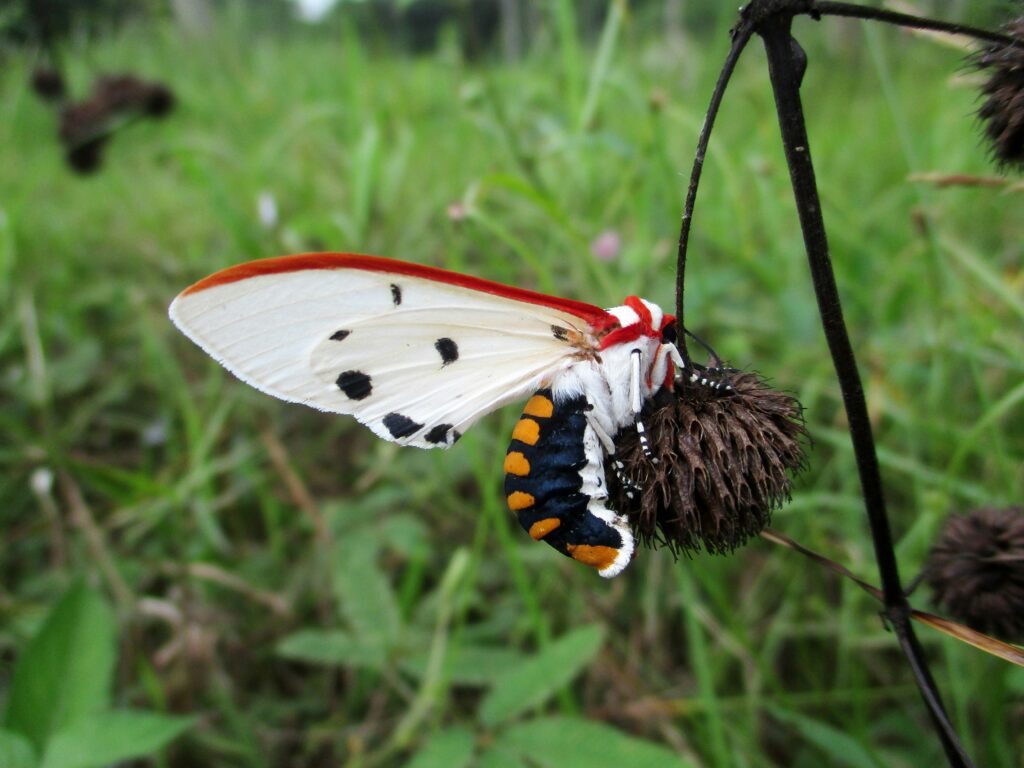When it comes to survival in the animal kingdom, few creatures have developed hunting methods as bizarre and ingenious as insects. With millions of years of evolution behind them, these small but mighty organisms have perfected extraordinary techniques for securing their next meal. From elaborate traps to chemical warfare, insects employ hunting strategies that would seem like science fiction if they weren’t documented facts. In this exploration of the strangest insect hunting methods, we’ll venture into the microscopic world where the line between predator and prey is drawn with evolutionary precision and where survival often depends on the most unexpected adaptations.
The Assassin Bug’s Deadly Disguise
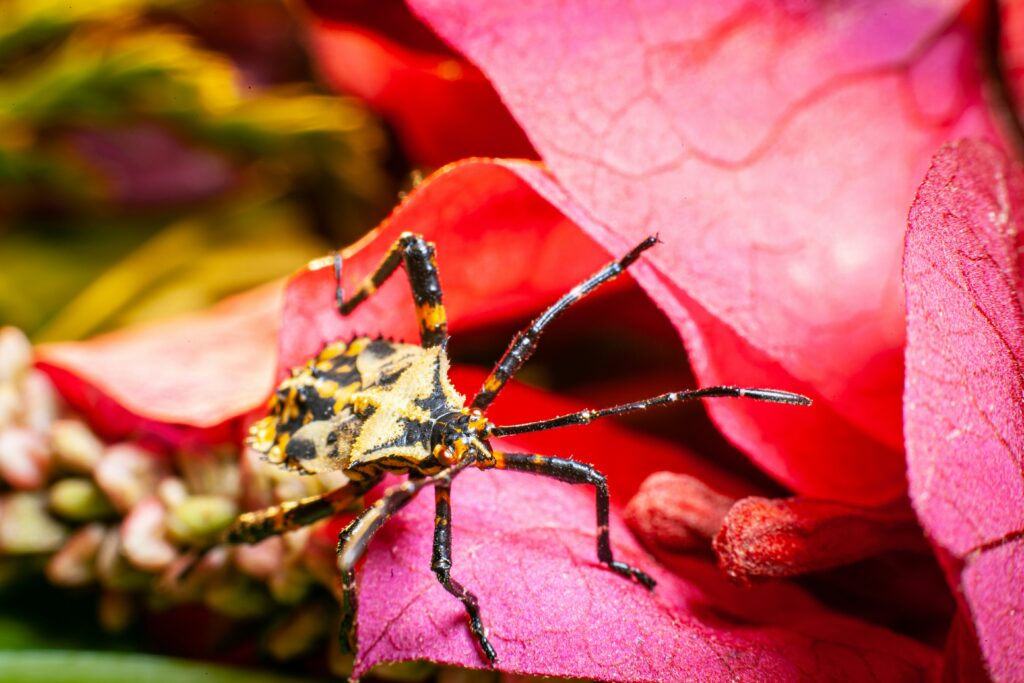
Among the most macabre hunters in the insect world is the assassin bug, which transforms the corpses of its victims into a wearable camouflage. After draining the bodily fluids from ants, flies, and other insects, these cunning predators attach the empty exoskeletons to their backs, creating a ghoulish shield that serves multiple purposes. This “backpack” of carcasses not only provides camouflage but also confuses potential predators with its unfamiliar silhouette. Some assassin bug species specifically target ants, mimicking their chemical signatures before attacking, allowing them to approach their prey without triggering alarm. Perhaps most disturbing is how they use their rostrum—a modified mouthpart resembling a straw—to inject digestive enzymes that liquify their prey’s internal organs before sucking out the resulting nutrient soup.
The Trap-Jaw Ant’s Lightning Strike

The trap-jaw ant possesses the fastest known mechanical action in the animal kingdom, with mandibles that snap shut at speeds reaching 140 mph. These specialized jaws operate like spring-loaded traps, held open in a cocked position until sensory hairs detect suitable prey, triggering the mandibles to close in a mere 0.13 milliseconds—faster than a blink of an eye. This extraordinary adaptation allows the ant to capture prey that would otherwise be too quick to catch through conventional means. Interestingly, trap-jaw ants have also weaponized this mechanism for escape, snapping their jaws against the ground to launch themselves into the air when threatened, sometimes propelling themselves more than 8 centimeters vertically. Some species use their powerful jaws not just for hunting but also to crack open seeds and other tough food sources that would be inaccessible to other ants.
The Antlion’s Desert Pit Trap
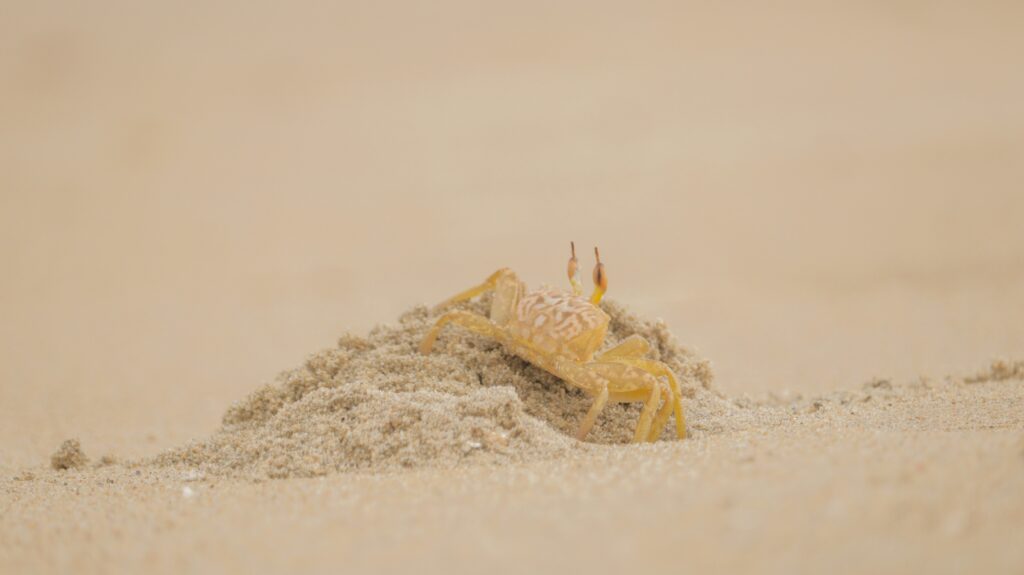
Resembling something from a miniature horror film, antlion larvae create conical pit traps in sandy soil that function as deadly one-way slides for unsuspecting insects. These larvae, often called “doodlebugs,” meticulously excavate their pits by spiraling backward and flicking sand with their heads, creating a steep-sided funnel with unstable walls. When an ant or small insect stumbles over the edge, it slides down toward the waiting predator, while any attempt to climb out triggers small avalanches of sand that pull the victim deeper into the trap. Hidden at the bottom, the antlion positions itself with only its oversized mandibles exposed, ready to seize any prey that falls to the center. If a potential meal appears to be escaping, the antlion will actively throw sand at it, causing further disorientation and ultimately ensuring the prey’s descent to its waiting jaws.
The Glowworm’s Luminous Lure

In the dark recesses of caves and forest undergrowth, New Zealand glowworms (which are actually fly larvae) create one of nature’s most beautiful death traps. The larvae of the fungus gnat Arachnocampa luminosa produce a blue-green bioluminescent light from their tail ends, creating what appears to be a starry night sky on cave ceilings. This ethereal display isn’t for aesthetics—it’s a deadly lure for flying insects that mistake the lights for stars or exits from the cave environment. The glowworms complement their light show with dangling silk threads coated with sticky droplets, forming a vertical fishing line array that can contain up to 70 strands per larva. When moths, midges, or mosquitoes are attracted to the light and fly too close, they become entangled in these adhesive threads, unable to escape as the glowworm reels in its catch and consumes it alive over several hours.
The Water Tiger’s Hydraulic Hunting

The larva of the diving beetle, commonly known as the water tiger, employs a remarkable hydraulic hunting mechanism that makes it one of freshwater’s most formidable predators. These aquatic hunters have hollow, sickle-shaped mandibles with channels running through them, effectively creating biological hypodermic needles. When the water tiger captures prey—which can include tadpoles, small fish, and other aquatic insects—it injects digestive enzymes through these channels directly into its victim’s body. This chemical cocktail rapidly dissolves the prey’s internal tissues, creating a nutrient-rich soup that the predator then sucks back through the same mandible channels in a process known as extraoral digestion. Water tigers can detect prey using sensitive hairs that pick up minute water movements from up to five centimeters away, allowing them to hunt effectively even in murky conditions. What makes this hunting method particularly efficient is that the water tiger doesn’t need to tear apart its food, meaning it can consume prey several times its own size.
ThePortia Spider’s Calculated Deception
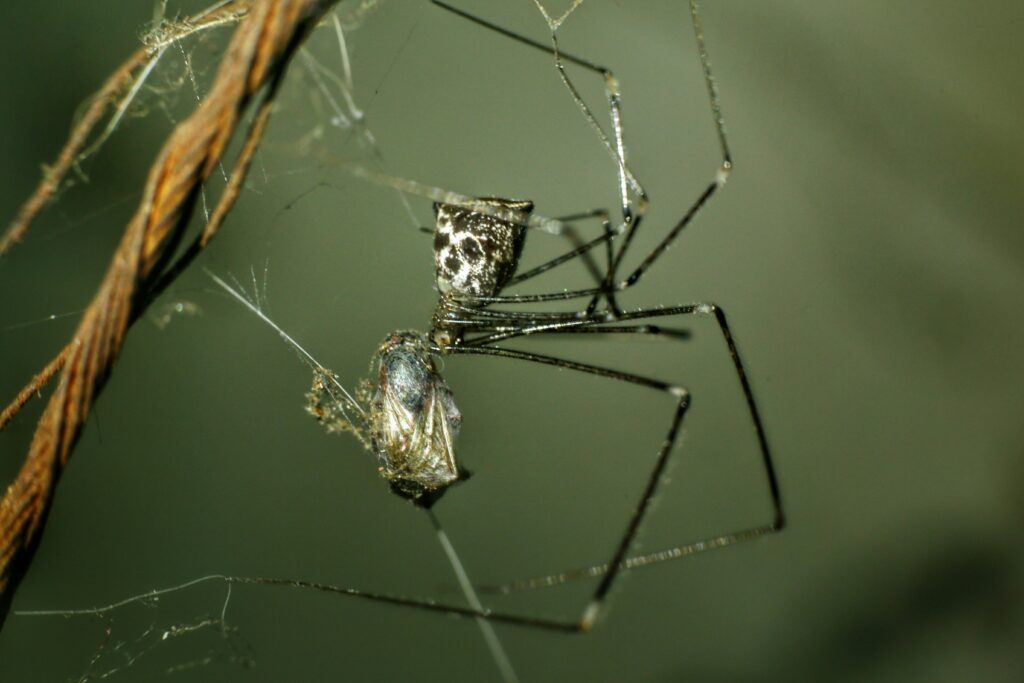
Though technically arachnids rather than insects, Portia spiders deserve mention for their astonishingly sophisticated hunting strategies that involve cognitive capabilities far beyond what we typically associate with invertebrates. These small jumping spiders specialize in hunting other spiders, and rather than relying on brute force, they use a form of mimicry that demonstrates remarkable problem-solving abilities. A Portia spider will pluck and manipulate the silk strands of another spider’s web, precisely imitating the vibrations of struggling prey, a potential mate, or even wind moving through the web—whatever signal will lure the web’s owner into striking range. Each target species requires a different vibrational pattern, and Portias can improvise new patterns when facing unfamiliar prey, effectively learning through trial and error. When the target spider approaches to investigate, the Portia strikes with deadly precision, often attacking spiders much larger than itself through careful targeting of vulnerable areas like the back of the head.
The Bombardier Beetle’s Chemical Warfare
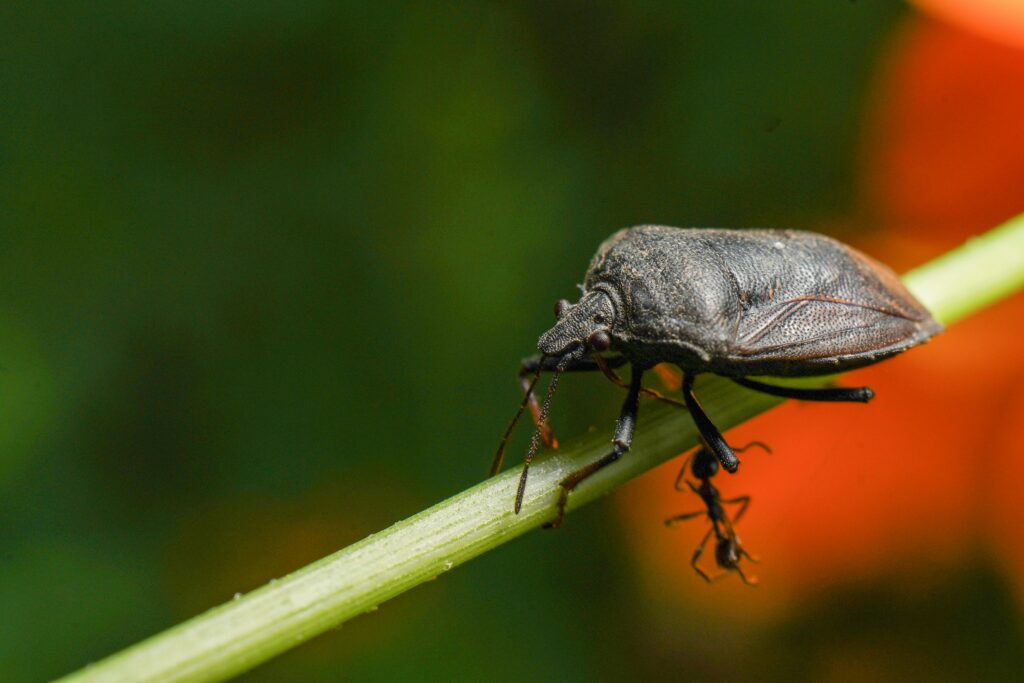
Perhaps the most explosive hunting technique in the insect world belongs to the bombardier beetle, which has evolved a remarkable chemical defense system that doubles as an offensive weapon. Inside the beetle’s abdomen are two separate chambers containing different chemical compounds—hydrogen peroxide in one and hydroquinones in the other. When threatened or hunting, the beetle mixes these chemicals in a specialized reaction chamber with catalytic enzymes, triggering a violent exothermic reaction that creates a boiling, caustic spray. This chemical blast exits the beetle’s abdomen with an audible pop at temperatures reaching 100°C (212°F), temporarily stunning or killing smaller prey. The beetle can precisely aim this chemical spray in nearly any direction, able to target threats behind it without turning around. Remarkably, the internal reaction chamber is lined with specialized protective tissue that prevents the beetle from cooking itself during these chemical explosions, which can be repeated up to 20 times in succession.
The Net-Casting Spider’s Aerial Trap
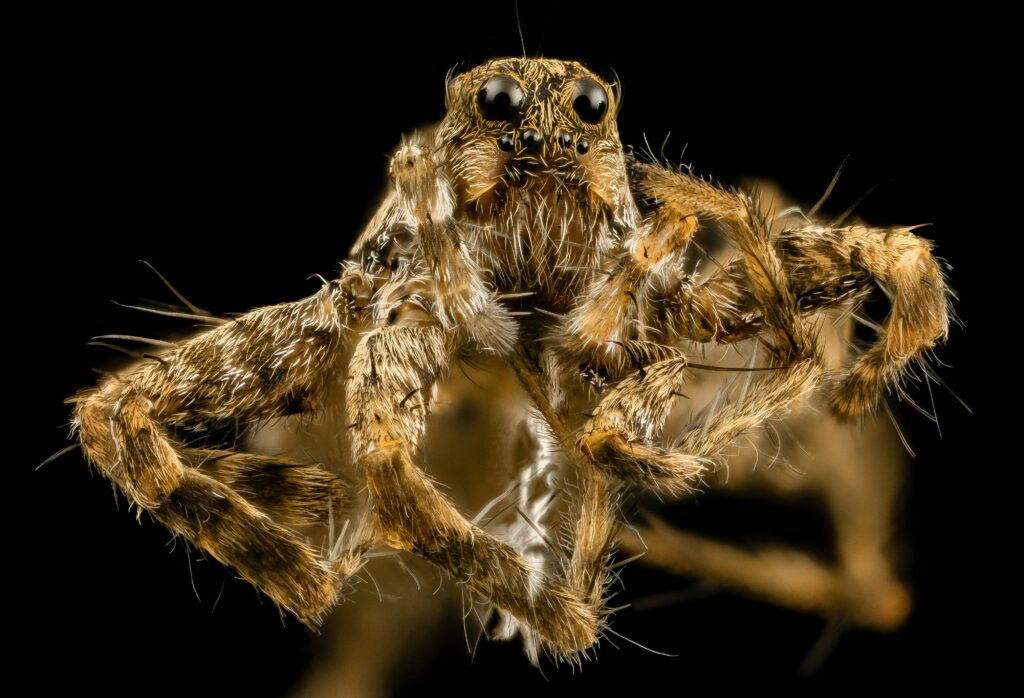
Another arachnid with an extraordinary hunting technique is the net-casting or ogre-faced spider, which creates a unique elastic net from its silk that it uses to actively ensnare prey. Unlike traditional web-building spiders that wait passively for victims to blunder into their traps, the net-caster holds its small, rectangular web between its front legs, stretching it to several times its relaxed size to create a spring-loaded trap. Hanging upside-down from a silk line, the spider waits for suitable prey to pass beneath it, using its extraordinarily large eyes—the largest of any spider relative to body size—to detect movement even in near-total darkness. When an insect passes underneath, the spider rapidly drops down while simultaneously expanding its net, engulfing the prey before it can react. The elasticity of the specialized capture silk means the net contracts around the victim upon impact, thoroughly entangling it and preventing escape.
The Diving Bell Spider’s Underwater Ambush
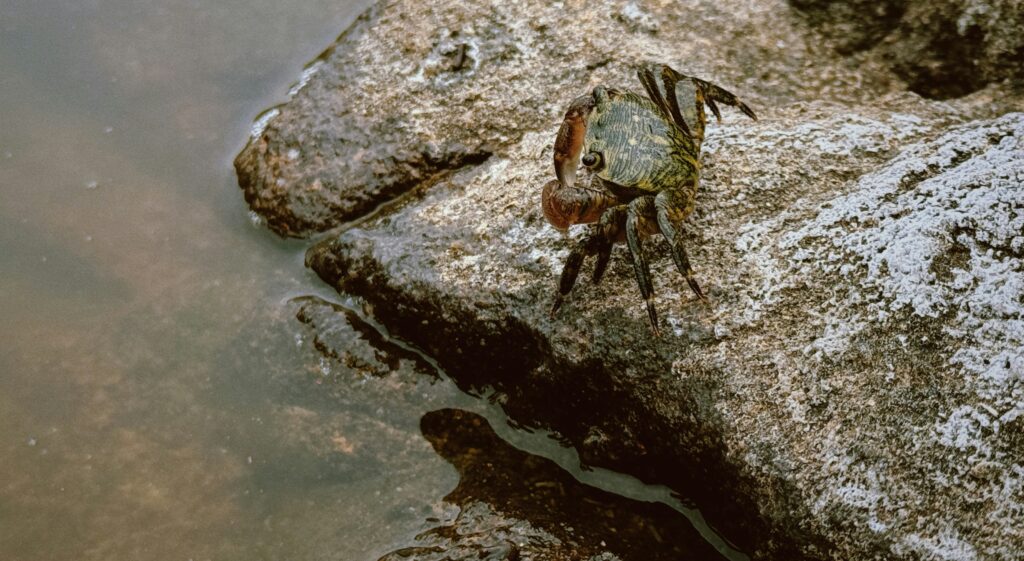
The diving bell spider (Argyroneta aquatica) is the only spider that spends its entire life underwater, creating one of nature’s most ingenious hunting setups. This remarkable arachnid constructs a silk-woven chamber—its eponymous “diving bell”—that functions as an oxygen reservoir beneath the water’s surface. The spider carries air bubbles down from the surface, trapped among specialized hairs on its abdomen and legs, and deposits them inside the bell until it forms a functional underwater air pocket. This submerged oxygen chamber serves as both home and hunting blind, from which the spider detects vibrations of passing aquatic insects, small crustaceans, and even tiny fish. When prey ventures too close to its underwater domain, the spider rapidly emerges to capture the victim before retreating to its air bell to consume its meal in a dry environment. Most remarkably, the diving bell functions as a physical gill, with oxygen from the water diffusing into the bell as the spider consumes the air, allowing it to remain submerged for extended periods without returning to the surface.
The Tiger Beetle’s High-Speed Pursuit
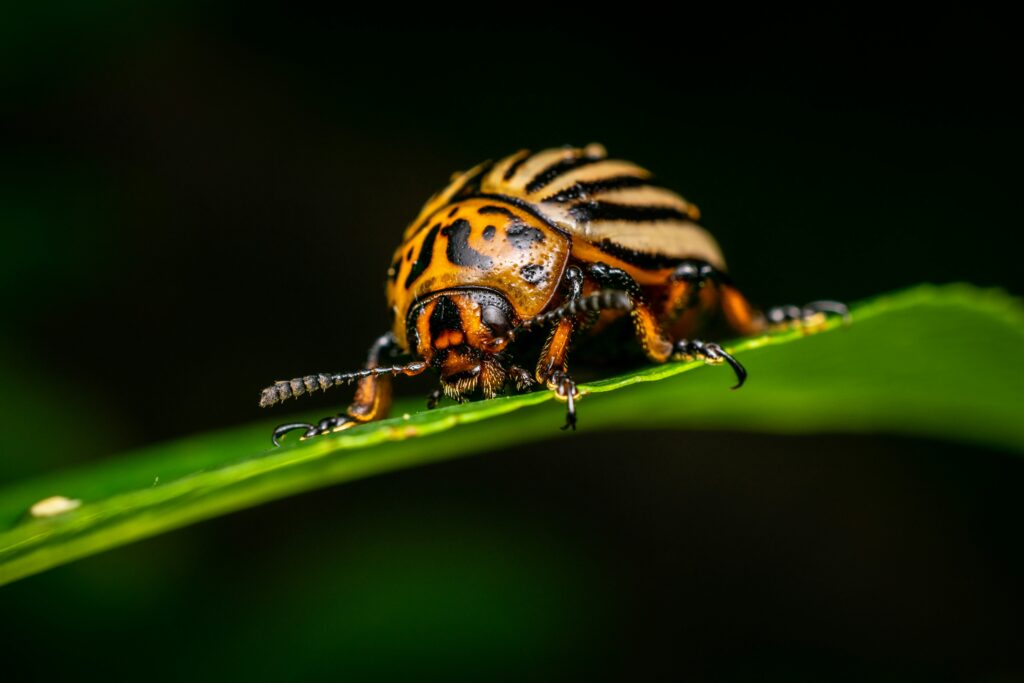
Tiger beetles are the sprinters of the insect world, pursuing prey at speeds so fast they temporarily blind themselves in the process. These predatory beetles can run at up to 125 body lengths per second, which for a human would equate to running at nearly 480 miles per hour. At these extraordinary speeds, the beetle’s brain cannot process visual information quickly enough, essentially rendering it blind during the chase and forcing it to stop periodically to relocate its target. To compensate for this limitation, tiger beetles have developed a hunting strategy involving rapid starts and stops, dashing forward, pausing to reorient, then sprinting again until they catch their prey. Their oversized mandibles serve as deadly weapons once they reach their target, capable of slicing through the exoskeletons of other insects with ease. Some species enhance their hunting efficiency by ambushing prey from small burrows in the ground, combining their incredible speed with the element of surprise.
The Glow Worm Beetle’s Bioluminescent Bait
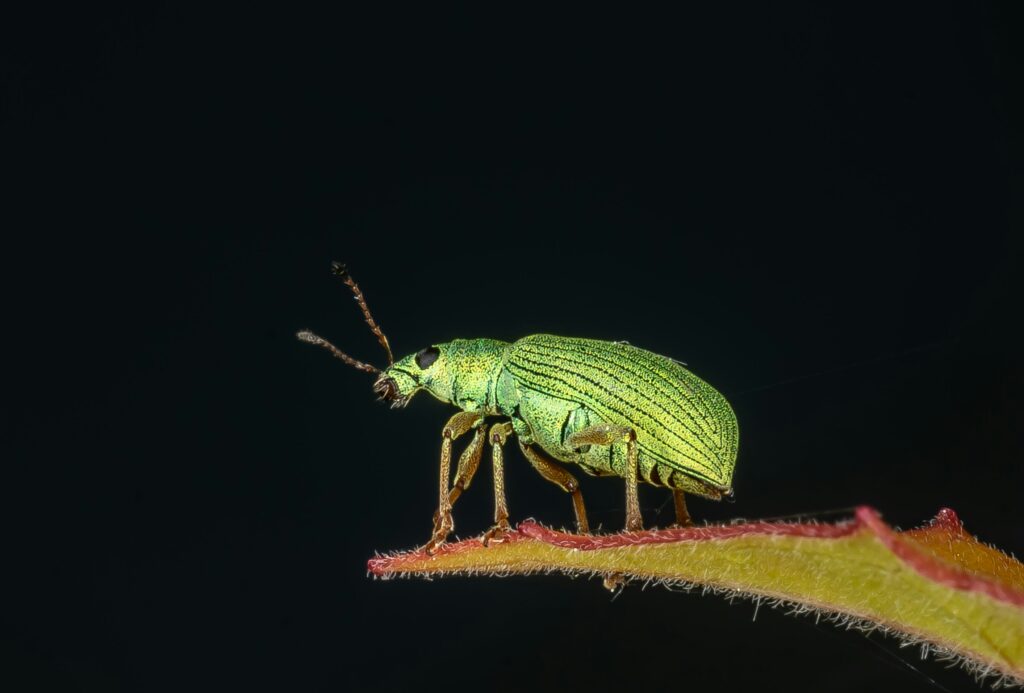
Female glow worm beetles (Lampyris noctiluca) employ a hunting strategy that begins with a lethal form of catfishing. Unlike their flying male counterparts, these wingless beetles remain grounded and produce a steady green-yellow bioluminescence from their abdomens to attract prey during the night hours. The light attracts small insects, particularly male fireflies looking for mates, as well as snails and slugs that mistake the glow for edible fungi or plants. When prey approaches the inviting light, the female glow worm attacks with surprising speed, injecting a powerful digestive toxin that paralyzes the victim and begins dissolving its internal organs. This allows the beetle to consume prey much larger than itself, as it patiently waits for its digestive enzymes to liquefy the victim’s tissues before consuming the resulting nutrient soup. Interestingly, the same light display that helps the female hunt also serves as a mating signal for male glow worms, who must approach cautiously to avoid being confused for prey and becoming a meal themselves.
The Worm-Mimicking Larvae of the Hanging Thief
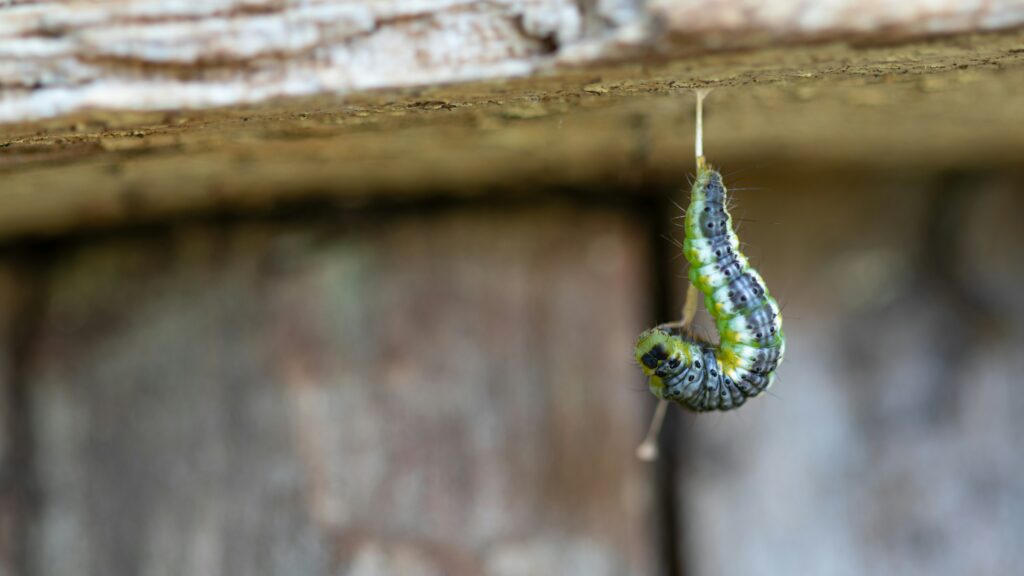
The larvae of the hanging thief fly (family Asilidae) employ one of the most effective forms of aggressive mimicry in the insect world. These predatory larvae position themselves in locations frequented by ants and other social insects, dangling from vegetation or crevices with only their posterior end visible. This exposed portion remarkably resembles a small worm or grub—common prey for many ant species. When worker ants discover what appears to be a defenseless meal and attempt to carry it back to their colony, the larvae reveal their true nature. The seemingly helpless “worm” suddenly springs into action, using powerful mandibles to grip and pierce the ant’s exoskeleton while simultaneously injecting paralyzing venom. After subduing its would-be harvester, the hanging thief larva proceeds to drain the ant’s bodily fluids, often while still suspended from its anchor point. Some species have refined this technique to target specific ant types, with their posterior sections evolving to mimic the exact size and appearance of preferred prey items that those particular ant species collect.
The Larvae of the Fungus Gnat’s Living Lantern Trap
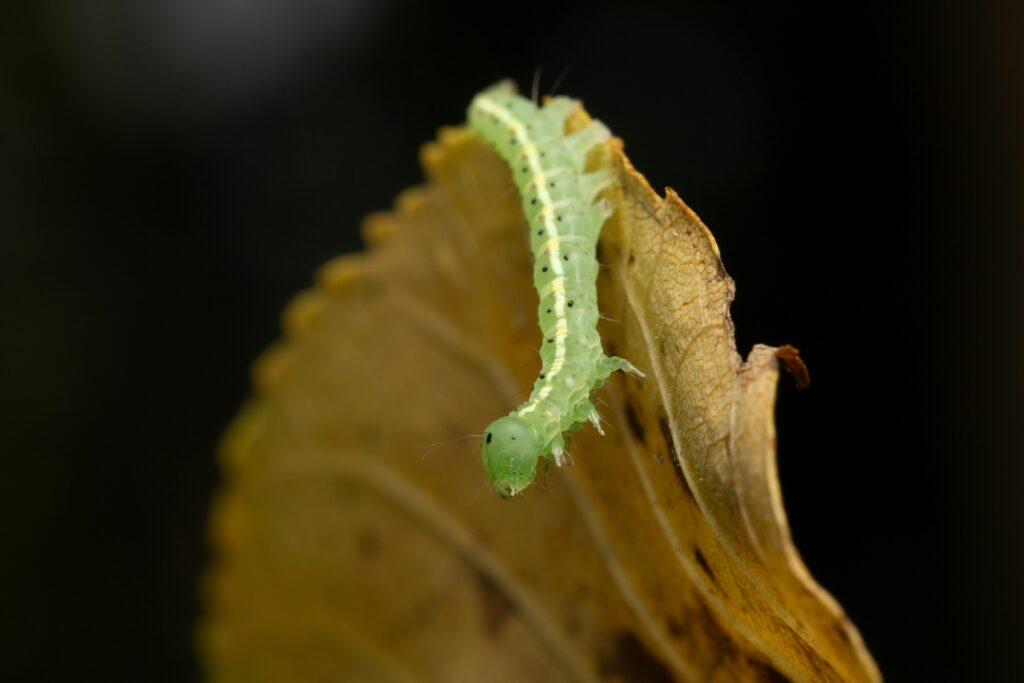
The predatory larvae of certain fungus gnats in the genus Orfelia have evolved a remarkable bioluminescent trap that functions similarly to the New Zealand glowworms but with a macabre twist. These larvae create mucus-coated webs across small gaps in the forest floor, often between roots or fallen branches, illuminating them with a blue-green light produced from specialized organs in their bodies. Small arthropods attracted to this light—including springtails, mites, and small flies—land on what appears to be a glowing fungus but is actually a deadly adhesive snare. What makes this hunting method particularly unusual is that the larvae maintain multiple “fishing lines” simultaneously, each coated with a different composition of mucus optimized for different prey types. When a victim becomes stuck, the larva detects the vibrations and moves to investigate, often turning off its bioluminescence as it approaches, plunging its prey into sudden darkness. Some species in this family have been observed to synchronize their glowing patterns when living in groups, creating larger, more attractive light displays that increase overall hunting success for the colony.

